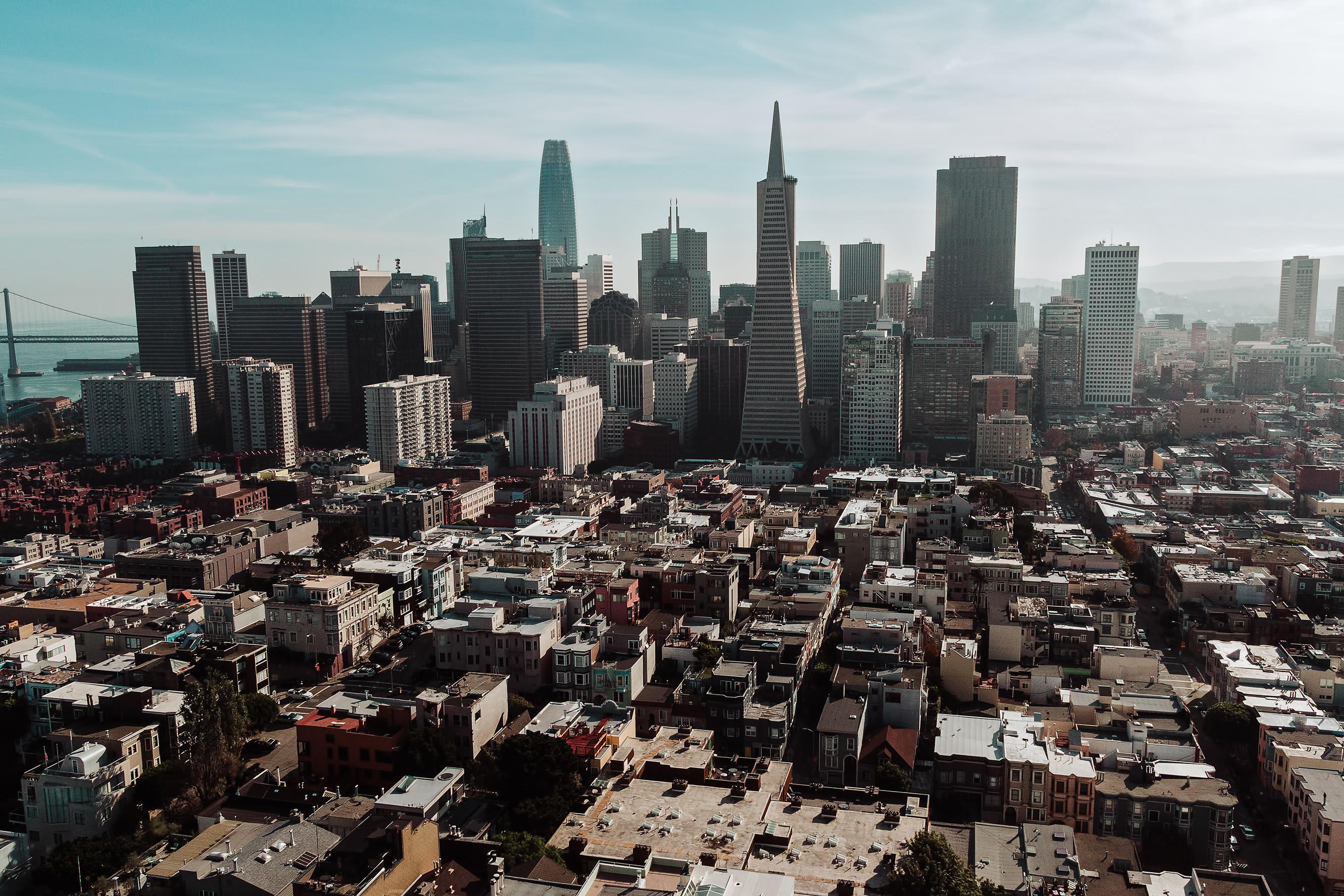
Cities Are the Solution to Climate Change
While cities get a bad rap for the strain that they place on the environment, it’s cities that are the solution to climate change. Historically, cities are hubs for trade, culture, innovation, and commerce. But when it comes to climate change, cities not only contribute the most to the negative effects of global warming, but they also deal with the day-to-day effects, including extreme heat, sunny day flooding, and more.
The cost of climate change shouldn’t be missed either. Unexpected damages from more storms, extreme temperatures, and changing weather patterns can cause a financial hit for businesses and city budgets. Meanwhile, large cities are only becoming larger, and they’re consuming almost 66% of the world’s energy while emitting over 70% of global carbon emissions.
While some may see cities as the main perpetrator of climate change and global warming, it’s cities that hold the key for change, especially with their large population and resources. According to the 2019 Global Commission on Adaptation Report, investing money into climate adaptation results in almost a 300% financial benefit. Moreover, cities are faster to implement changes that benefit the environment because they can move more quickly than federal or state governments.
Data analysts project that cities will house 68% of the world’s population by 2060. But when it comes to implementing climate change plans, national governments are not on track. In fact, scientists note that the world’s climate will rise by at least 3 degrees Celsius by 2100.
Urban Planning
One of the best ways that cities can reduce their environmental impact is by improving city infrastructure. City buildings need to be transitioned into zero carbon buildings, reducing carbon use for heating, cooling, and electricity. Sustainable urban planning often incorporates the concept of green infrastructure, which uses roofs to capture stormwater for reuse and pavement that does the same. Cities can also create small parks and greenways to help in heat absorption and moderate climate, not to mention boost the morale of city dwellers. One example of a city that does this well is Singapore, which uses technology such as solar panels, renewable energy, recycling systems, and artfully incorporated green spaces.
Renewable Energy
While cities can start to prioritize renewable energy use, they can also choose to develop buildings that take advantage of the natural climate in the area. In Africa, new buildings are incorporating natural ventilation to cut down on energy use while still keeping occupants cool.
As renewable energies become more and more mainstream their cost is reduced. And the more widespread solutions become, the greater the environmental benefit.
Public Transportation
Poor air quality and pollution can cause city populations to become ill. To combat this problem, cities should prioritize public transportation, bike paths, and sidewalks rather than private vehicles. According to researchers, the use of electric public transportation could prevent 250 million tons of carbon emissions by 2020. When the best, most cost-efficient, and easiest solution for navigating a city is public transportation, more and more people will leave their private vehicles at home. One city in Columbia took the problem seriously and implemented more public transit, bicycle lanes, private vehicle restrictions, and car-free days on Sundays.
Zero Waste Plan
A growing trend across the world is zero waste policies that cities such as New York, Vancouver, and Dubai are implementing. The goal is to reduce waste, encourage reuse, and improve recycling options. Since landfills are the source of methane gas, cities want to divert waste from landfills to reuse and compost. Cities are taking steps to implement laws and fines that make composting and recycling an obligation for businesses and individuals.
A number of cities are shifting to plans that benefit the environment. In Italy, Milan has developed a city-wide experiment to achieve both learning and innovation to plant more trees, combat heat, fund climate projects, and adapt historic buildings to sustainability. For New York City, combating climate change means better energy efficiency, technical support for building upgrades, and new performance standards.
Across the world, cities have the opportunity to change the future of the earth’s relationship with climate change by prioritizing energy efficiency, sustainability, and so much more.
StrongGo believes that a successful city is an accessible one, and we work hard to develop durable and reliable TekWay dome tiles that can withstand every weather pattern and match any public project. Talk to an industry expert today at csd@stronggo.com.


